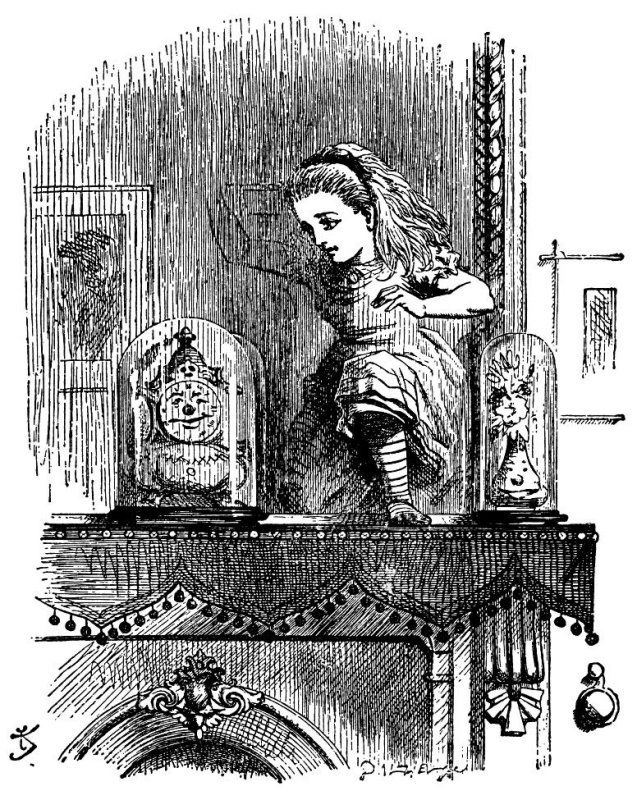The time setting of Pan’s Labyrinth takes place after the Civil War in 1944. The Civil War in Spain started in 1936 and finished in 1939. The war was between the Fascist and the Republic. It was a chance for the workers (Republic) of Spain to rise against the Fascist, who ruled Spain through their stature. The war for the Republic was to gain freedom and equality in Spain. However the Republic battle for equality was a disastrous one because they didn’t have enough resources to help them win the fight against the Fascist. Even though the Republic had some outside help they still couldn’t defeat the Fascist.
(http://socialistworker.org/2006-2/597/597_15_Spain.shtml [Acessed 24/03/2010])

Figure 1: Civil War picture, http://helian.net/blog/2010/01/17/history/hugh-thomas-the-spanish-civil-war/ [accessed 24/03/2010]
A lot of the events in the film represent more or less of how the Civil War has turned out. With the main character Ofelia as the republics, wanting to be free and independent. And the villain, and Ofeila’s step-farther, Captain Vidal as the fascists, having the Military showing it’s control over the public by using fear and power. Ofelia trying to be more herself, but Vidal is forcing her to be more realistic, and want her to obey him with out question. Just like how he is doing with the public.
The fantasy side of Pan’s Labyrinth can also be connected to the events that happened in the film through the quests that Ofelia has to complete, most noticeably the Pale Man Banquet quest (Figure 2) and Captain Vidal’s Dinning room (Figure 4).

Figure 2 (left): Pale Man’s Banquet, Pan’s Labyrinth, (2006) Directed by Guillermo del Toro. [DVD] Spain: Telecinco
Figure 3 (right): A Feast at Captain Vidal’s dinning room, Pan’s Labyrinth, (2006) Directed by Guillermo del Toro. [DVD] Spain: Telecinco
For Pale Man’s Banquet, there’s a lot of food on the table waiting to be eaten by anyone. However by eating his food you will be eaten by the Pale Man himself. This could be reflected on an event in the film when Captain Vidal was holding a feast with some of Spain’s important people, and by accepting his food they have succumb to his ideals. The banquet and the feast are like an invitation from the host to the guests, but by eating their food you accept their terms. For the Pale man your life, for the Vidal your loyalty.
The film also shows the tough challenges and choices the main character, Ofelia, has to make to get away from her step-farther. A prime example of this is her last quest (Figure 4), which is to open a portal for her to get away from her step-farther Captain Vidal, but the Faun told her that to open the portal it needs the blood of an innocent, her brother. Ofelia declines this offer but the Faun tries to tempt her by bring up her freedom, that she will lose if she doesn’t accept the price to open the portal, but still she declines. Ofelia wants her freedom from the Vidal more than anyone but not of the price of her borther’s safety no matter how tempting the offer is. This moment in the film shows how thoughtful Ofelia is to others, unlike her step-farther.
Figure 4: The last quest, Pan’s Labyrinth, (2006) Directed by Guillermo del Toro. [DVD] Spain: Telecinco
If you need any more information, tell me what we need tomorrow when we meet up at 9:30 or so




